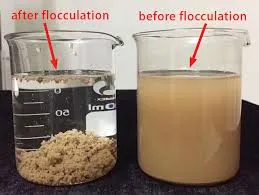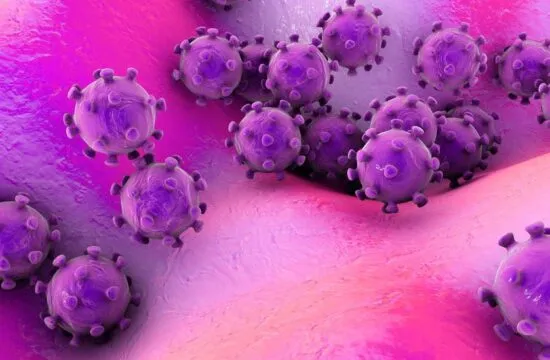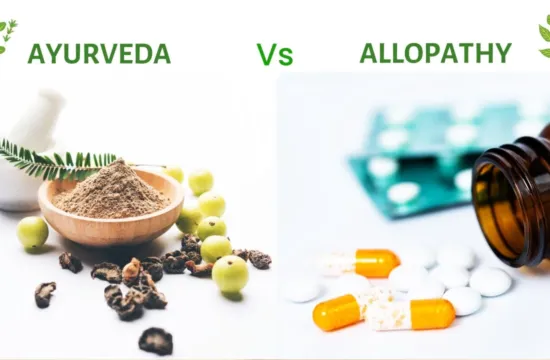Flocculation—A Key Step in Making Water Safe to Drink
Date: May 9, 2025
Clean drinking water is a fundamental right and an urgent necessity in today’s rapidly changing world. With growing concerns about water pollution and public health, understanding how water is purified becomes more important than ever. One lesser-known yet essential process in this effort is flocculation—a crucial technique used in many modern water purification systems.
What Is Flocculation?
Flocculation is a chemical water treatment process used to remove suspended solids from water. During this process, chemicals known as flocculants are added to water, causing small, invisible particles (such as dirt, bacteria, and organic matter) to clump together into larger particles called “flocs.” These flocs are then easier to remove through filtration or sedimentation.
In simple terms, flocculation helps tiny pollutants stick together so they can be filtered out—making water clearer, safer, and more drinkable.
Where Is Flocculation Used?
Flocculation is widely used in municipal water treatment plants, industrial waste treatment, and even in some household water purifiers that use multi-stage systems. It’s especially effective when paired with other purification techniques, such as:
- Coagulation (a pre-step where particles start to bond),
- Sedimentation (where flocs settle at the bottom),
- Filtration (removal of remaining particles),
- Disinfection (usually with chlorine or UV light to kill microbes).
Choosing the Right Water Purification Technique
While flocculation plays a major role in large-scale water treatment, home users might rely on more compact and convenient technologies. Here are a few:
- Reverse Osmosis (RO): Excellent for removing dissolved salts and heavy metals.
- UV Purifiers: Effective against bacteria and viruses, but don’t remove chemicals or solids.
- Activated Carbon Filters: Remove chlorine, bad odors, and some organic compounds.
- Multi-stage Purifiers: Combine RO, UV, and carbon filtering—and may include flocculation in pre-treatment stages.
Why It Matters
With rising concerns over water contamination due to industrial waste, agricultural runoff, and aging infrastructure, understanding and investing in the right water purification technology is crucial. Governments must prioritize infrastructure upgrades, while individuals should educate themselves about the quality of their local water and choose purifiers accordingly.
Flocculation, though largely invisible to the public eye, is a quiet hero in the quest for clean water. As technology evolves, so too must our commitment to making safe water accessible to all.










